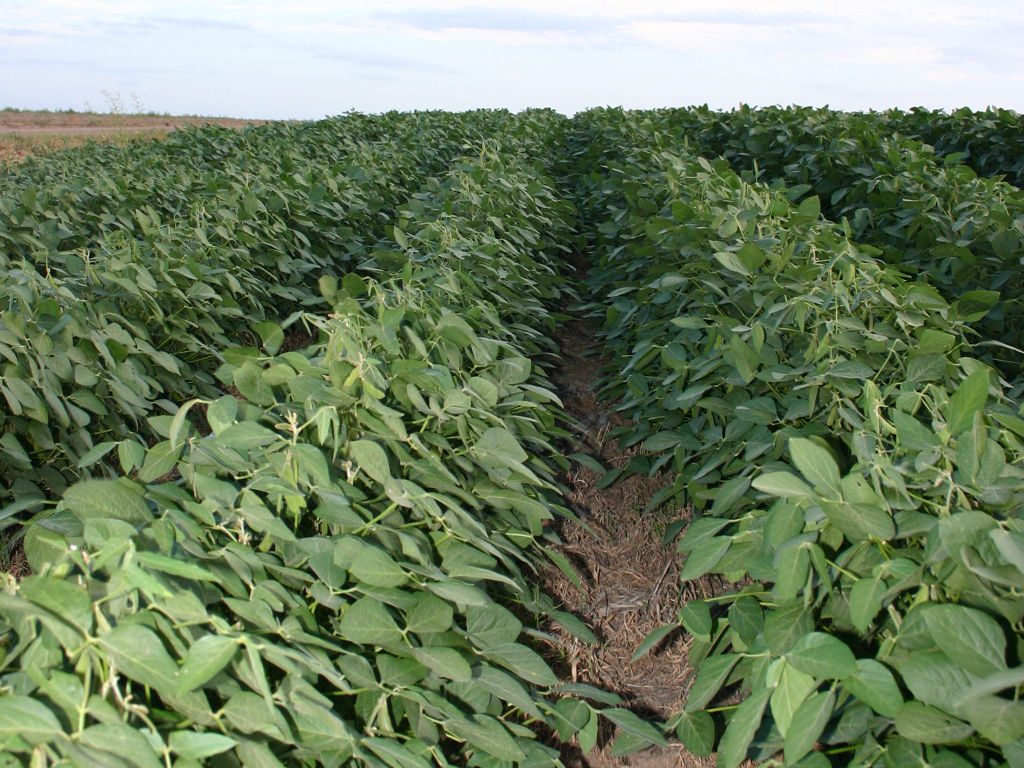There were few changes to the June 9 World Agricultural Supply and Demand Estimates from the previous one. This month’s United States soybean supply and use projections for 2023-24 include higher beginning and ending stocks.
The higher beginning stocks reflected educed exports for 2022-23, which were down by 15 million bushels to 2 billion bushels, based on lower-than-expected shipments in May and increased competition from South America. Ending stocks were estimated at 8% of usage—a jump from the 5% of usage average over the past three years. Higher beginning stocks for the U.S. and Brazil were partly offset by lower stocks for Argentina, which is still suffering from a severe drought in some parts of the country.
The stock revisions reflect 2022-23 production changes for Brazil, up 1 million tons to 156 million tons, and Argentina, down 2 million to 25 million. Global crush for 2023-24 was lowered on lower crush for Argentina. Global 2023-24 ending stocks were increased 0.8 million tons to 123.3 million with higher stocks for the U.S., Brazil, and the European Union, which were partly offset by lower stocks for Argentina and Vietnam.
James Mintert, executive director of the Center for Commercial Agriculture at Purdue University, said that apart from the weather, the wild card for U.S. soybeans is demand for renewable diesel. Mintert spoke in a special podcast on the WASDE focusing on soybeans instead of the usual webinar.
Additional capacity for refining soybean oil is rapidly coming online and there is concern in the industry about the EPA’s Renewal Fuel Standards volumes. The alternative fuels industry has been pushing President Joe Biden’s Environmental Protection Agency to increase its volumes. The EPA just postponed its final decision by another week.
Mintert pointed out that 20 years ago, industrial use of soybean oil was zero. In 2023, it is expected to make up 46% of crop usage. “This makes usage forecasting more difficult,” he said. “It’s a little bit like ethanol was about 15 years ago.” Mintert said he could see soymeal becoming seen as a secondary byproduct very soon, due to domestic demand for soybean oil for industrial uses.
The Soybean Basis Tool created by Mintert’s colleague and fellow Purdue ag professor Nathan Thompson was recently expanded to include Iowa, and also to include a “processing basis” to correspond with the “Ohio River basis” that Thompson had previously added to reflect prices at Ohio River export terminals.
Mintert said that last year, low water on the Mississippi River disrupted trend lines for soybean prices. But after December, they resumed following historical trend lines. However, trend lines are projections of past trends; they don’t predict future conditions, experts say.
Wheat domestic use unchanged
The outlook for 2023-24 U.S. wheat was for larger supplies, unchanged domestic use and exports, and higher stocks. Supplies were raised as all wheat production was projected at 1,665 million bushels, up 6 million bushels from May based on higher hard red winter production, which more than offset reductions in soft red winter and white winter.
The all-wheat yield was 44.9 bushels per acre, up 0.2 bushels from last month but remaining below last year. Total use was unchanged, with all of the production increase added to ending stocks, now projected at 562 million bushels.
The 2023-24 U.S. corn outlook was little changed from last month; corn acres and yield forecasts were both unchanged. The U.S. Department of Agriculture will release its acreage report on June 30, which will provide survey-based indications of planted and harvested area. With no supply or use changes for 2023-24, ending stocks were raised 35 million bushels.
David Murray can be reached at [email protected].




